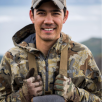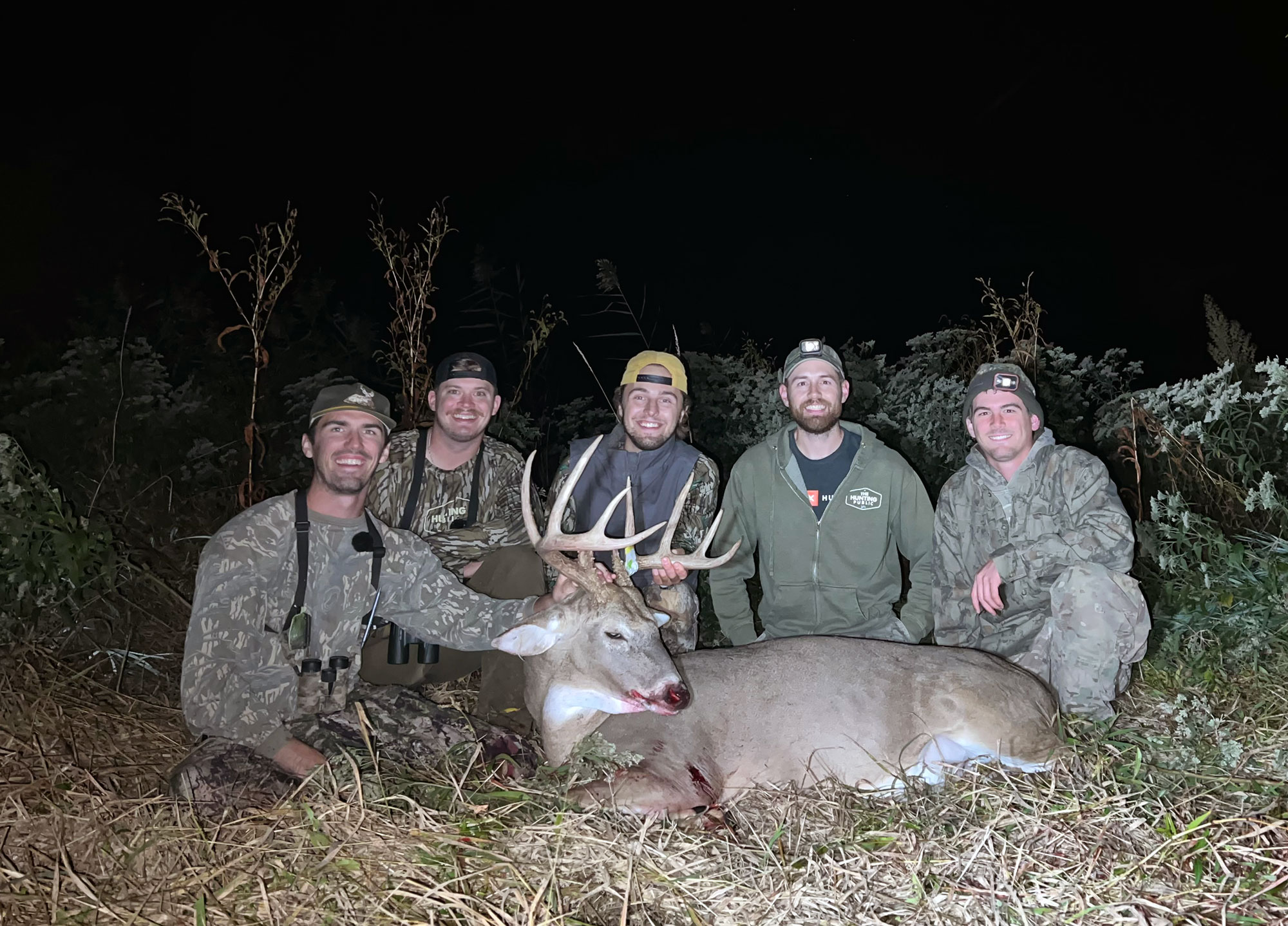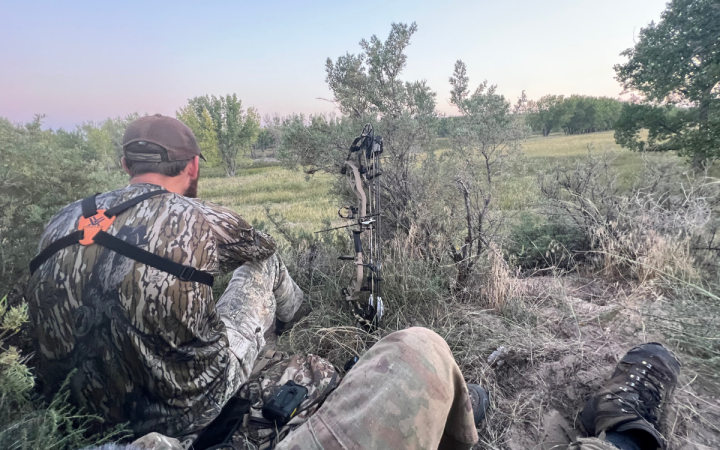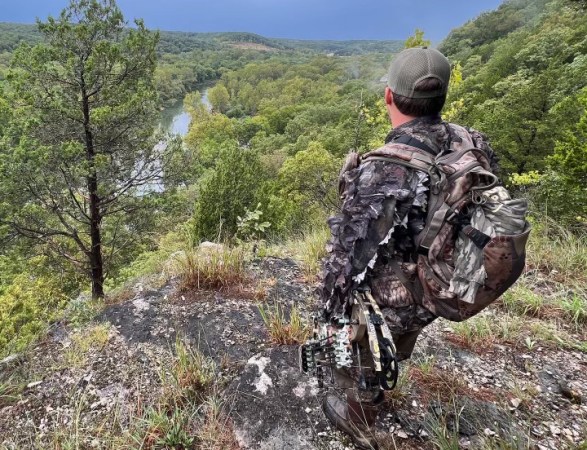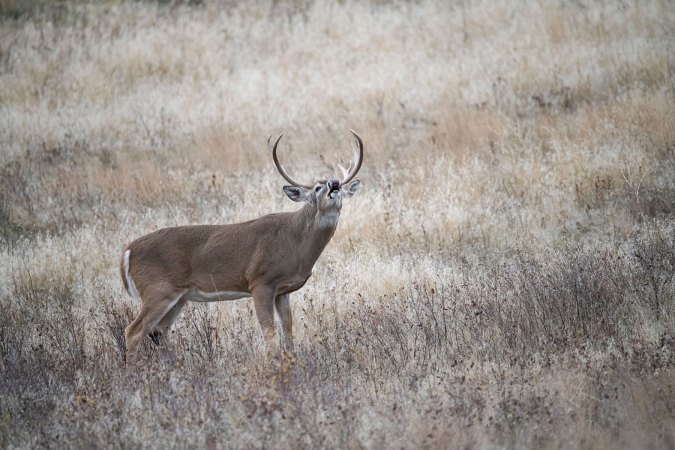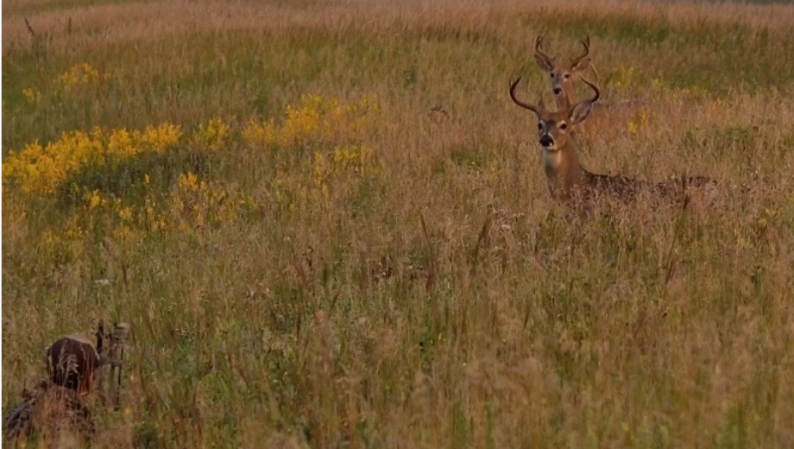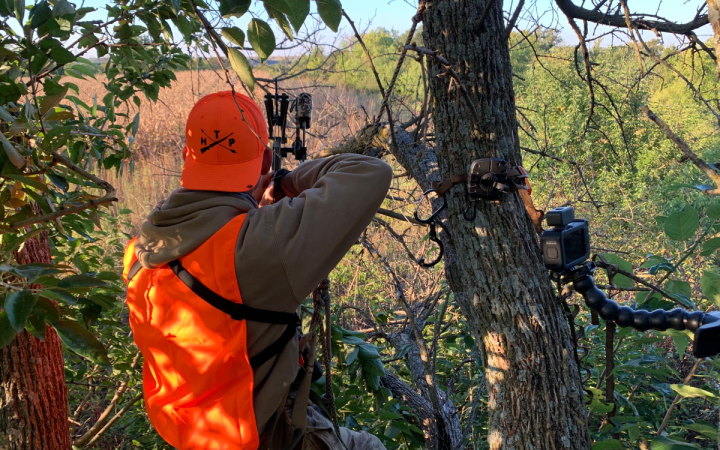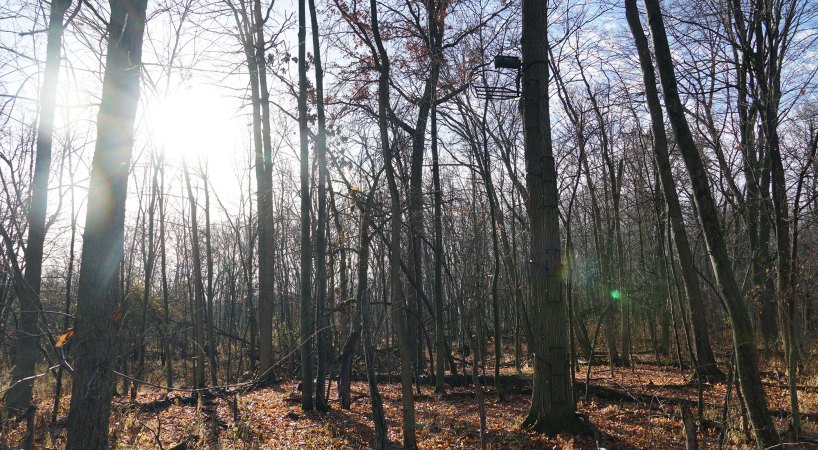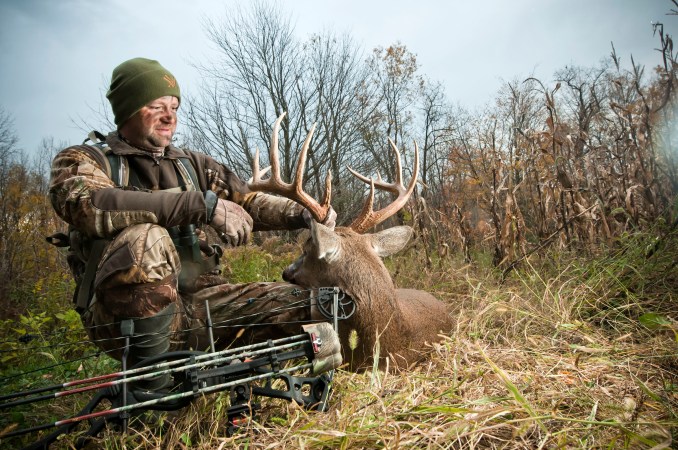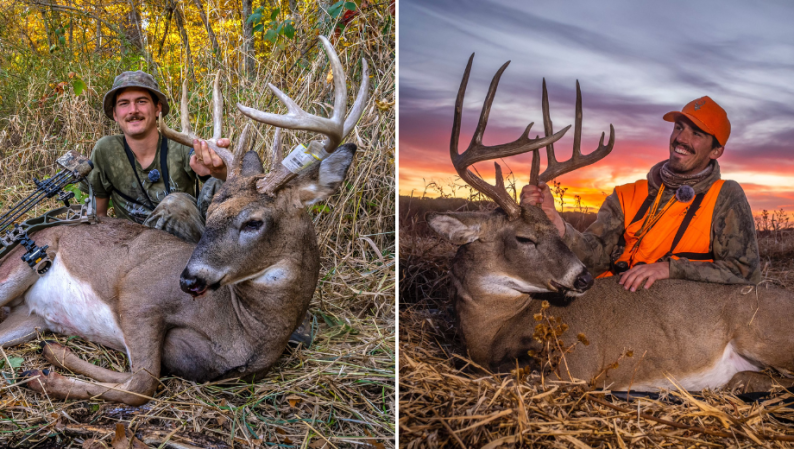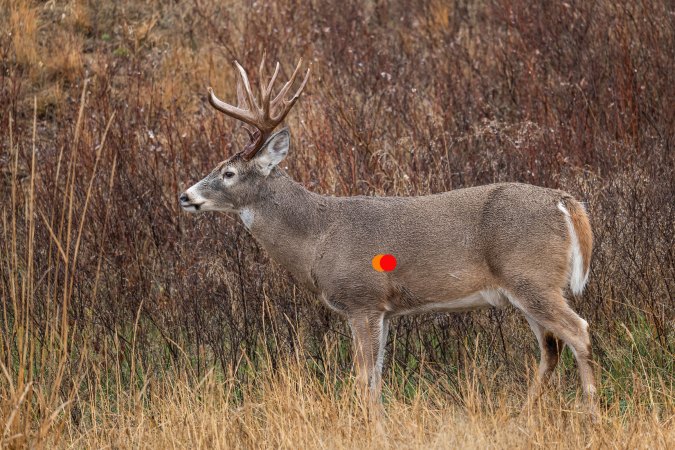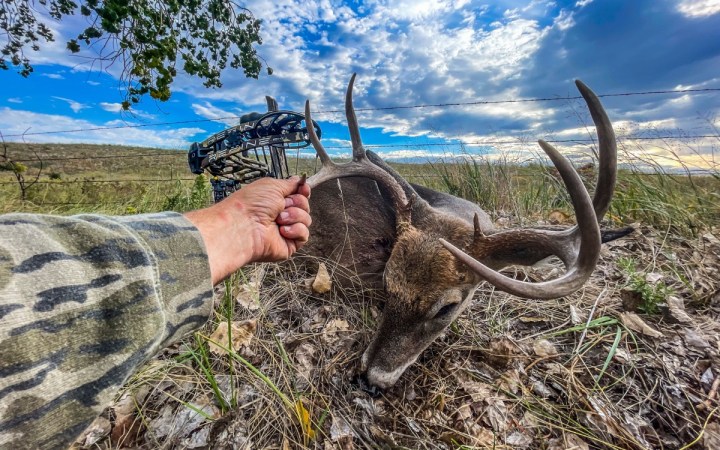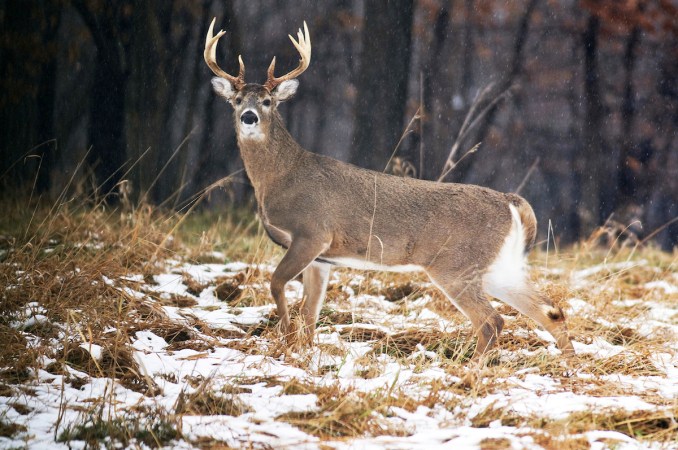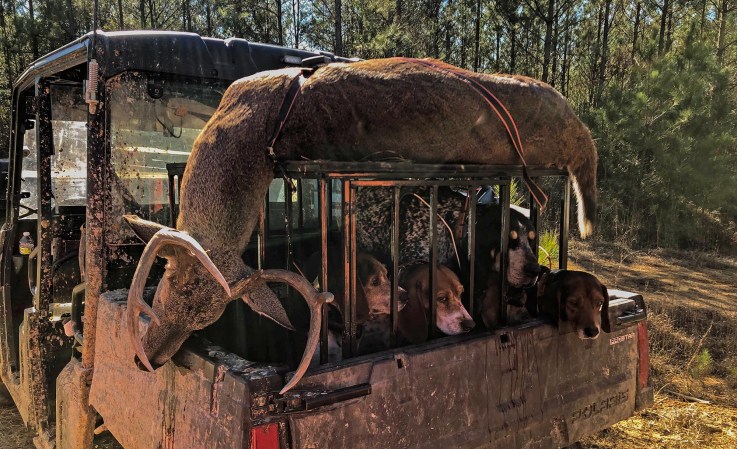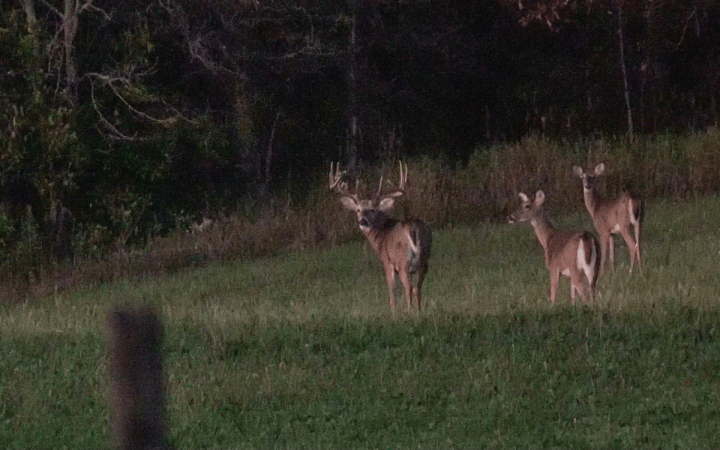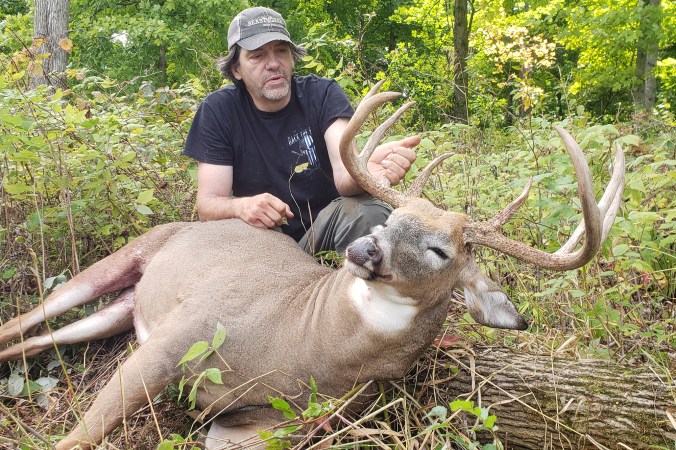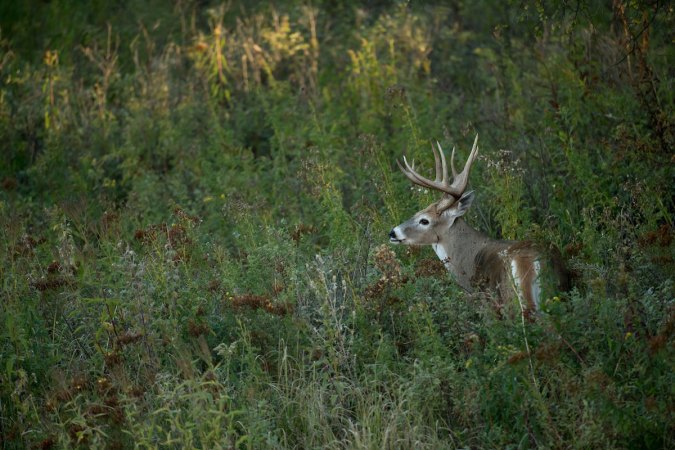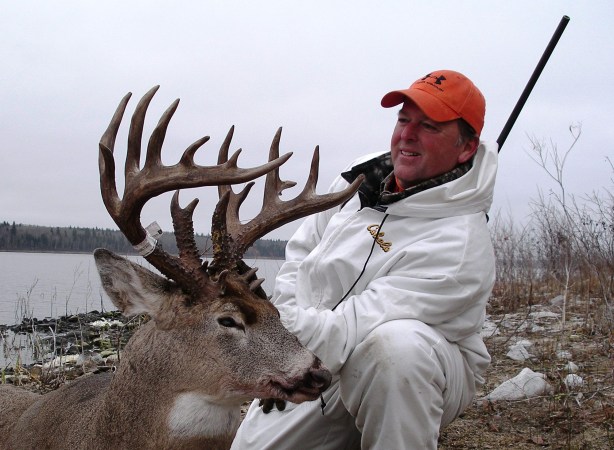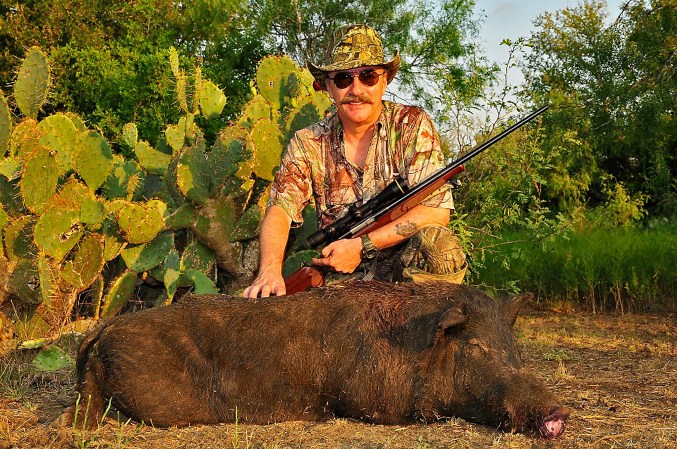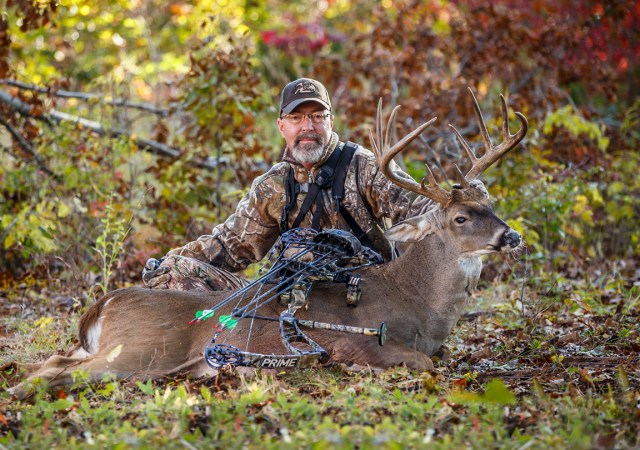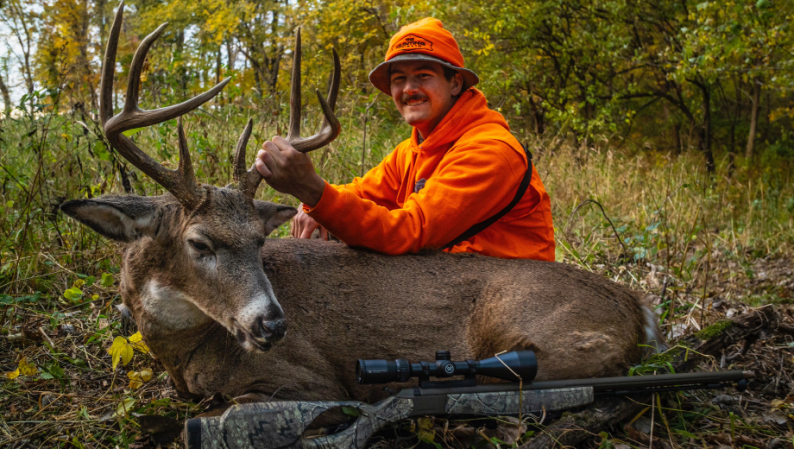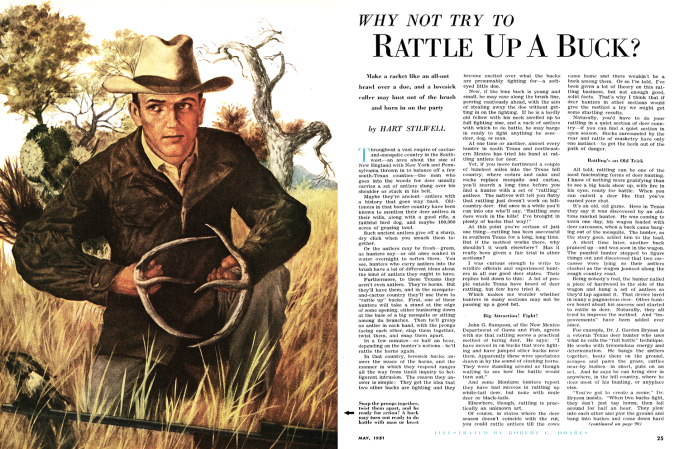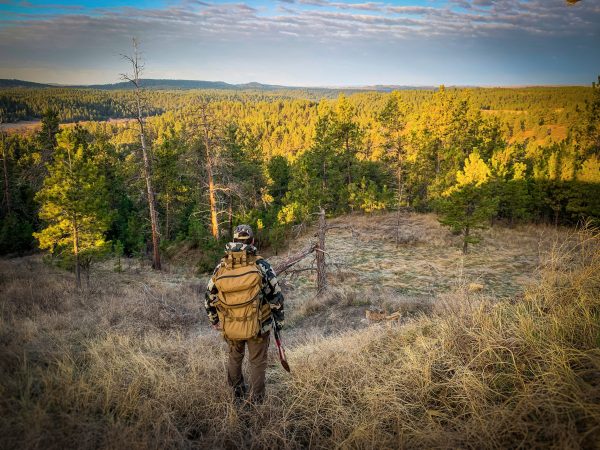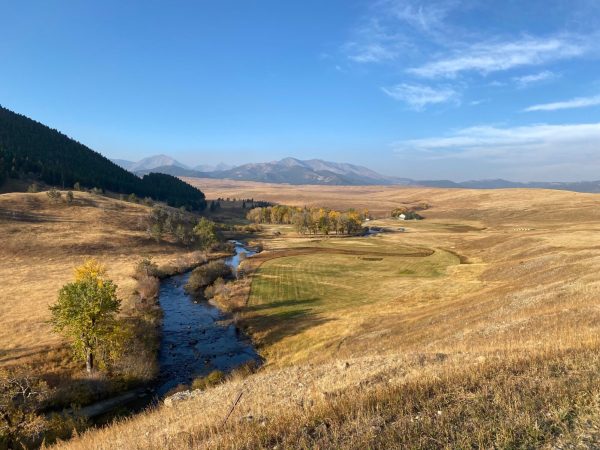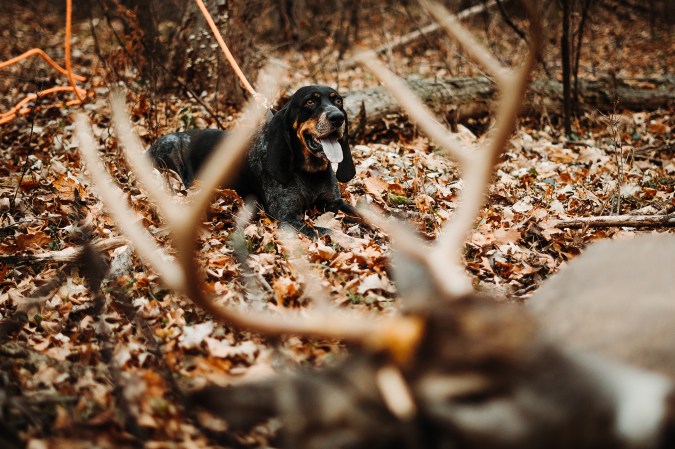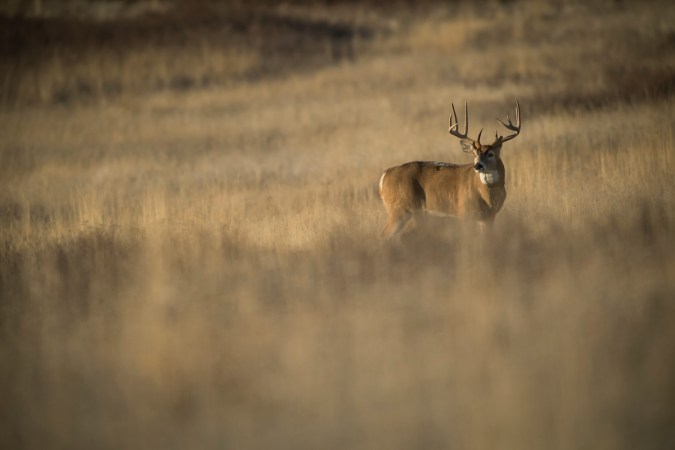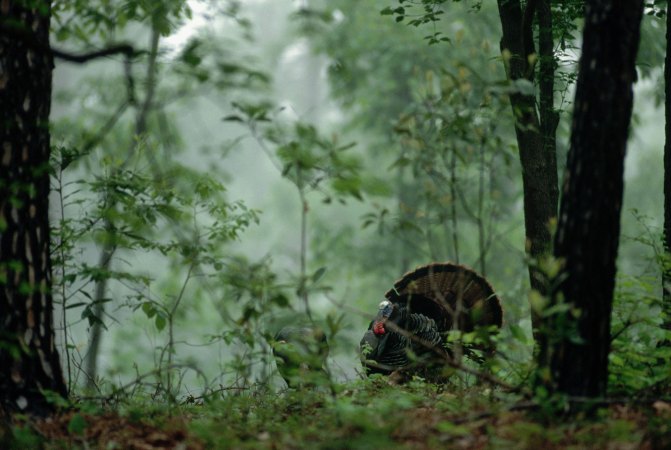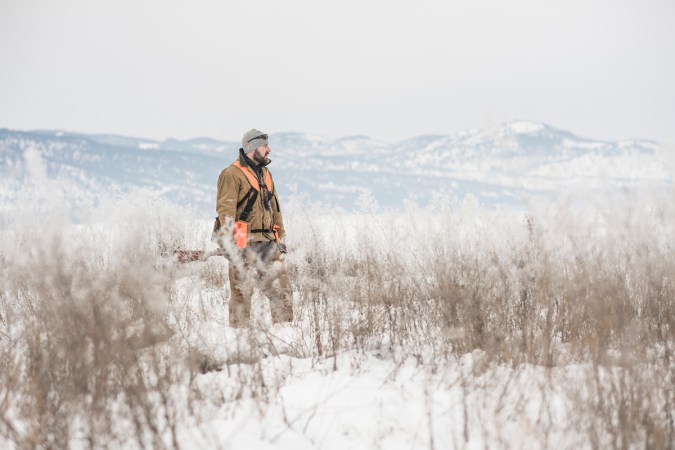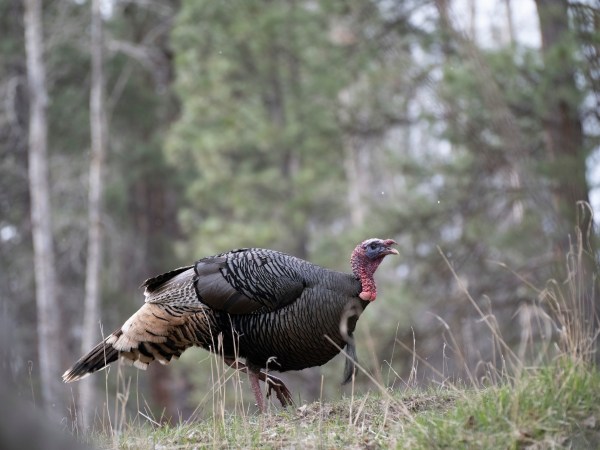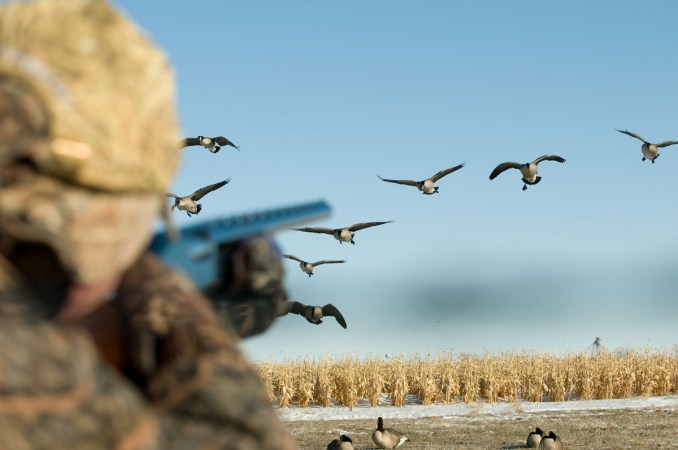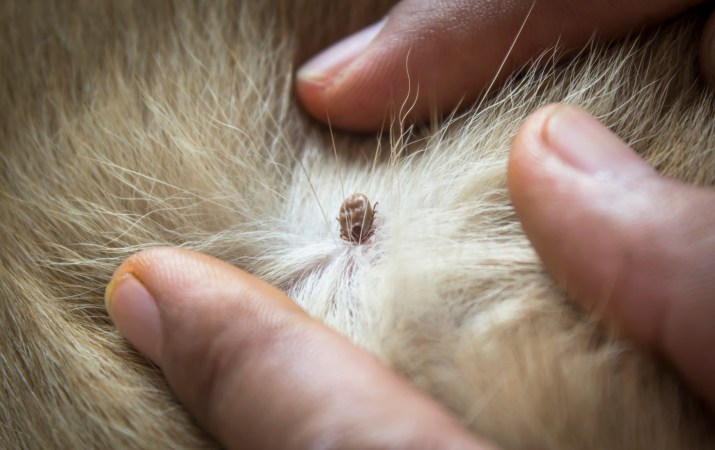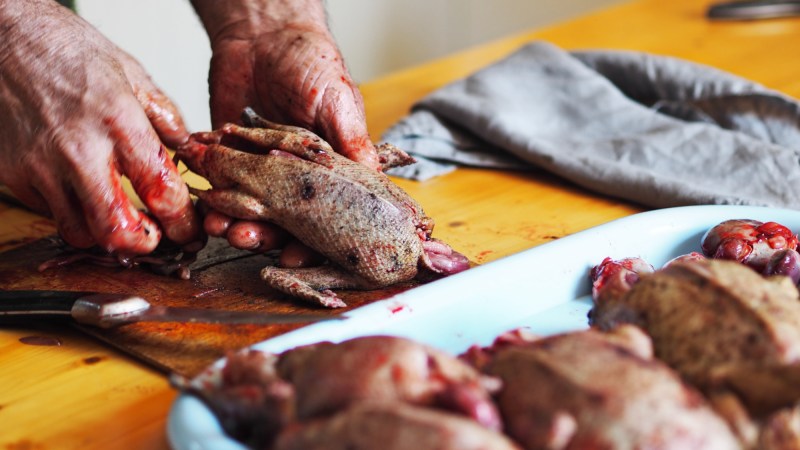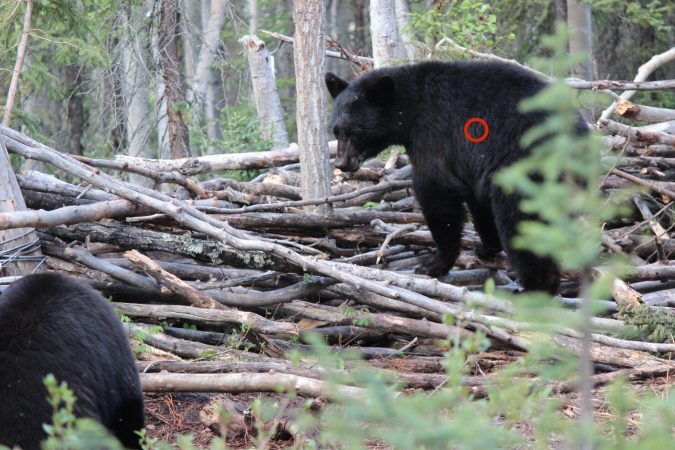The most important factor impacting whitetail rutting activity isn’t the weather or moon phase. It’s not barometric pressure. It’s not even photoperiod. The biggest factor that dictates where deer move and how they behave is, in fact, hunting pressure.
That’s at least the case if you hunt busy public lands or pressured private lands, which most hunters do. It’s not like deer change their rut timing because of hunting pressure, but they will quickly adapt to avoid hunters—even in the heart of the rut.
Aaron Warbritton and the rest of the crew from The Hunting Public know this well. Each deer season they travel the country hunting public ground in a variety of states. Over the years they’ve developed strategies and learned lessons that can help any deer hunter on pressured land. You can listen to the full podcast interview with Warbritton below.
Don’t Underestimate the Last Week of October
Everyone loves to hunt the first and second weeks of November, because that’s when it’s common to see hot rut activity. But because those two weeks are so popular, hunting pressure spikes. That’s why the THP crew’s favorite time to hunt is the last week of October: There’s less hunting pressure.
“For example, in Iowa, the first week of November gets talked up a lot in all different sorts of outdoor media—you know, November third through the seventh,” Warbritton says. “And that is an awesome time to be in the woods especially if you’re on a piece of private ground or public land that’s not getting pressured. The rub there is though, that on public land that’s when the majority of the hunters take their vacation. So yes, the deer are starting to rut but at the same time they are experiencing this giant influx of people that they have not seen for months.”
Plus, during late October bucks are getting more active but they’re not traveling as far yet. So the scouting and trail cam data you acquired during the month is still useful. When the rut ramps up and there’s lots of pressure in the area, however, many of the deer patterns you witnessed in mid-October go out the window.
“Once the rut rolls around and does are actually coming into a heat, it throws things into a blender,” Warbritton says. “But man, late October bucks are still pretty predictable… We’ve killed the majority of our Iowa bucks in October.”

Find the Rut Activity Pockets
Regardless of when you hunt, you’ve got to find the key areas that deer will funnel to in order to avoid other hunters. Bucks will absolutely still chase and breed does, but they might not do it in an open hardwoods that has easy access and is loaded with a ton of hunters.
“They are just so good at finding the place where there is no human scent and no human presence,” Warbritton says. So he spends a lot of time patterning other hunters, not just focusing on where deer might be moving. Warbritton’s philosophy is that if there’s an area where people aren’t, that’s where the deer will be.
“If I go to an area that’s getting pounded with pressure, I may not even go out and hunt first thing,” he says. “I’ll just drive around and look for trucks and look for people. And when I find a place where there’s no people, I’ll go in there and sometimes it’s a complete rut frenzy.”
Think of it this way: If you’re able to access a secluded or overlooked spot without blowing out deer, you’ll have other hunters sending deer to you. That concentrates the deer in the area you’re hunting.
“It can be ridiculous action [when that happens],” Warbritton says.
Stay Mobile
Mobile hunting tactics and speed scouting are key to Warbritton’s success for hunting public land deer. The key to hunting this way is to find with a lot of fresh buck sign while not spooking bucks—or at least not spooking them too badly.

Focus on hot windy days for scouting into the wind. The goal is to learn the area, locate fresh sign, and pinpoint good access routes without bumping deer. Around Oct. 25 and 26, you can find super fresh buck sign like scrapes and rubs, Warbritton says.
“Anytime you’re running into dominant aggressive bucks that are leaving a lot of sign, those are the easiest ones to get on,” he says.
But if you do bump a buck, that’s not necessarily a bad thing. Obviously there are situations where you don’t want to bump a buck, Warbrittons says. For example, if you’re hunting private land and there’s a buck using a known bedding area on that property, you don’t want to charge in there and bump him. However, gently bumping a buck on a large public land tract can give you valuable intel.
“If they don’t smell you and you just startle them a little bit while you’re walking into the wind, it’s not a big deal,” Warbritton says. “That deer is most likely going to see or hear you and bound off over the ridge and go to the next available cover. Because it’s the middle of the day, he doesn’t want to make any big moves. That’s what we see nine times out of ten with big bucks.”
Read Next: Best Deer Hunting Gear
When you bump a deer, stop and crouch to conceal yourself. Pay attention to where the buck goes and make sure you don’t bump him twice. Now you know where a good buck is spending time, and the direction that he feels comfortable escaping toward.
“We’ve tagged multiple bucks by bumping them and then killing them later that day or in the next two or three days,” Warbritton says. “We often end up killing the buck within 300 yards of where we initially bumped them.”
Bumping a buck by sight or sound is OK, but Warbritton cautions that if bucks smell you, “they got you.” Those bucks will often not return to the area. So always scout into the wind.

Understand How to Utilize Scrapes
Bucks commonly hit scrapes at night, but that doesn’t mean you shouldn’t pay attention to them. Warbritton will often hang cameras on scrapes that are easy to spot from trails or field edges simply as a way to identify shooter bucks in the area.
“Everyone and their dog is seeing these scrapes because they’re walking past them and it’s easy access,” Warbritton says. “We’ll often catch the buck that’s working that scrape at 3 or 4 a.m. and then we’ll back track him into the bedding area.”
He uses digital mapping and scouting to identify the likely bedding area. Sometimes that bedding area could be within 300 yards of the scrape or a half mile away. It all depends on the scenario. Once he’s got a good read on the likely bedding area, he might plan a hunt or hang more cameras—or both.
Scrapes are also great for bowhunting because they gets the buck to stop in a predictable location. This doesn’t mean that you should hunt over any random scrape you see in the woods. But if there’s a scrape near your target spot, you should set up to shoot it.
“The killing opportunities on big bucks is really good over a scrape, just because you’re putting them in a specific spot,” Warbritton says.
Read Next: How to Make and Hunt Mock Scrapes
Don’t Let Pressure Ruin Your Hunt
It’s easy to get discouraged when you pull up to a spot you hoped to hunt and find a parking lot full of trucks. When hunters see pressure, they often quit or mail in their hunt. But that’s the wrong attitude, Warbritton says. The key is to stay positive, scout harder, and find the spots where people aren’t. Plus, always remember the point of deer hunting in the first place.
“If your goal is to have success, that’s great, but manage your expectations,” Warbritton says. “You’re going to deal with other people, it’s public land. You’re just going out there to get away from the grind of your everyday life and have a good experience hunting.”
Keeping a good perspective isn’t just feel-good advice. It will actually keep you hunting harder and longer than if you were to let a few busted hunts get you down.
No matter where you’re hunting, focus on learning and gaining experience so that if your one good spot gets burned, you can go to your back up spots, or just investigate some new ground. The harder and longer you hunt, the more you’ll learn, and the easier time you’ll have avoiding hunting pressure. And remember, in some ways hunting pressure isn’t a bad thing.
If you’re hunting a big tract of public land, other hunters help you narrow down likely spots. Simply go where they’re not, Warbritton says.
“The quickest way to get on deer is to look at the people and see what they’re doing.”
